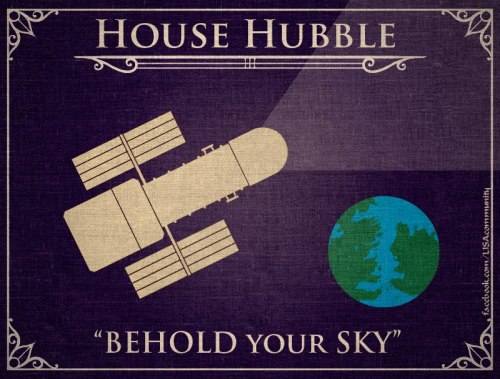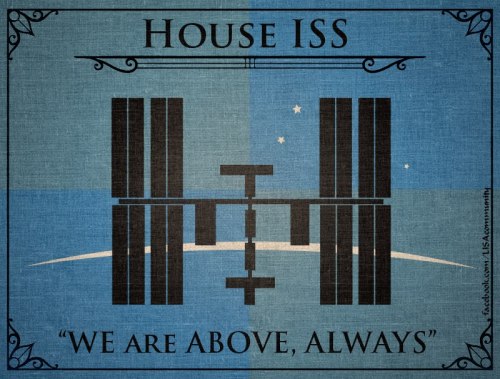It All Started With A Big Bang...
It all started with a Big Bang...
The origins of the universe
U.S. Department of Energy, Office of Science
A long time ago in a galaxy far, far away…
Actually, there is no reason either to go to your local theatre or to leave this galaxy for another one far away if you want to know what happened a long time ago in our universe. You can travel back in time and space to the microseconds following the Big Bang, with the answers found by DOE nuclear physicists working at our National Laboratories and universities.

The Big Bang
Everything we know in the universe – planets, people, stars, galaxies, gravity, matter and antimatter, energy and dark energy – all date from the cataclysmic Big Bang. While it was over in fractions of a second, a region of space the size of a single proton vastly expanded to form the beginnings of our universe.
Keep reading
More Posts from Thebryanscout and Others
For small creatures such as we, the vastness is bearable only through love.
Carl Sagan









SCIENCE IS COMING.
In honor of the release of Game of Thrones Season 6 today, check out these amazing House designs made by students from the Albert Einstein Institute. Each Game of Thrones inspired sigil celebrates a different changing project in physics and space exploration.
House Hubble - Hubble Space Telescope
House ISS - International Space Station
House ITER - Nuclear Fusion Project
House LHC - Large Hadron Collider
House Curiosity - Mars Science Laboratory
House LISA - Laser Interferometer Space Antenna
House JWST - James Webb Space Telescope
House VLA - Very Large Array
I’m super torn because while I’m #teamradioforever, I’m also a lifelong #hubblehugger. I guess if I’m forced to chose, it might have to be House VLA.
- Summer
[HT Charee Peters]
A reminder that NASA isn’t the only space agency
I have seen many “Space achievements 2015” articles and posts leaving international accomplisments completely out, so here are some of them:
1. A new type of basaltic rock on the moon was found by Chinese robotic lander.
China National Space Administration’s Chang’e-3 landed on the Moon on 14 December 2013, becoming the first spacecraft to soft-land since the Soviet Union‘s Luna 24 in 1976.

2. On February 11, the European Space Agency, ESA, successfully launched on a suborbital trajectory and recovered an experimental wingless glider, IXV.
It became the first true “lifting body” vehicle, which reached a near-orbital speed and then returned back to Earth without any help from wings.

3. On December 9, Japan’s Akatsuki spacecraft succeeded entering orbit of Venus.
Japan Aerospace eXploration Agency’s Akatsuki is the first spacecraft to explore Venus since the ESA’s Venus Express reached the end of its mission in 2014.

4. ESA’s Rosetta spacecraft detected oxygen ‘leaking’ from comet 67P/Churyumov-Gerasimenko, the first time these molecules have been seen around a comet.
Rosetta spacecraft, the first to drop a lander (named Philae) on a comet, entered orbit around 67P in 2014 and continues to orbit the body. On June 13, European Space Operations Centre in Darmstadt, Germany, received signals from the Philae lander after months of silence.

5. The Canadian Space Agency has provided NASA with a laser mapping system that will scan an asteroid that could potentially hit the Earth in about 200 years

6. The high-resolution stereo camera on ESA’s Mars Express captured this sweeping view from the planet’s south polar ice cap and across its cratered highlands and beyond.

find Sci-Universe on Tumblr, Instagram & Facebook

Vintage Spaceships Mini Poster

I call this one "Terraluna."
Good ol’ Rory


The launch of Discovery, with the Columbia prepping for the next mission. One of the rare times both launchpads were occupied at the same time.
Little did they know.

The launch of the Columbia for the STS-107 mission. She would burn up during re-entry resulting in the loss of the crew.
beautifulwarbirds@gmail.com Twitter: @thomasguettler
Beautiful Warbirds Full Afterburner The Test Pilots P-38 Lightning Nasa History Science Fiction World Fantasy Literature & Art

Why Would He Do That?

This picture is a wee bit confusing…and possibly a little disturbing. :)
-
 opakakaek reblogged this · 9 years ago
opakakaek reblogged this · 9 years ago -
 mycosect liked this · 9 years ago
mycosect liked this · 9 years ago -
 agnt-romanov liked this · 9 years ago
agnt-romanov liked this · 9 years ago -
 spacetimewithstuartgary reblogged this · 9 years ago
spacetimewithstuartgary reblogged this · 9 years ago -
 wall2468 liked this · 9 years ago
wall2468 liked this · 9 years ago -
 thebryanscout reblogged this · 9 years ago
thebryanscout reblogged this · 9 years ago -
 archmagus liked this · 9 years ago
archmagus liked this · 9 years ago -
 oneapplepiefromscratchplease reblogged this · 9 years ago
oneapplepiefromscratchplease reblogged this · 9 years ago -
 oneapplepiefromscratchplease liked this · 9 years ago
oneapplepiefromscratchplease liked this · 9 years ago -
 alexpawns liked this · 9 years ago
alexpawns liked this · 9 years ago -
 0rionm reblogged this · 9 years ago
0rionm reblogged this · 9 years ago -
 112956adghfj liked this · 9 years ago
112956adghfj liked this · 9 years ago -
 sagansense reblogged this · 9 years ago
sagansense reblogged this · 9 years ago -
 inspirement liked this · 9 years ago
inspirement liked this · 9 years ago -
 tropigoblin liked this · 9 years ago
tropigoblin liked this · 9 years ago -
 eveofallhallows reblogged this · 9 years ago
eveofallhallows reblogged this · 9 years ago -
 eveofallhallows liked this · 9 years ago
eveofallhallows liked this · 9 years ago -
 scifigeneration reblogged this · 9 years ago
scifigeneration reblogged this · 9 years ago
21, He/Him/His, lover of all things space, aviation, alt music, film, and anime
255 posts